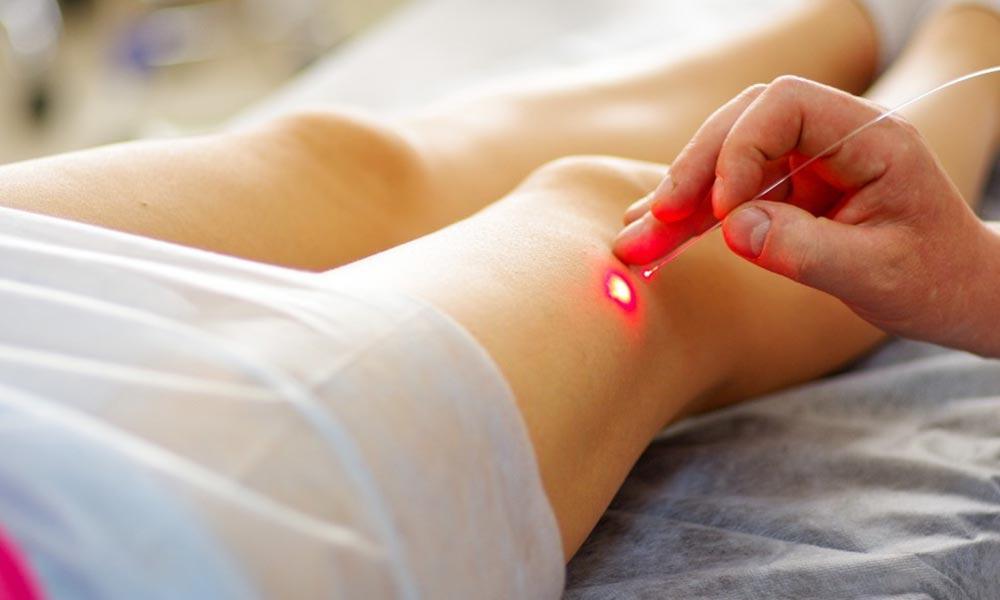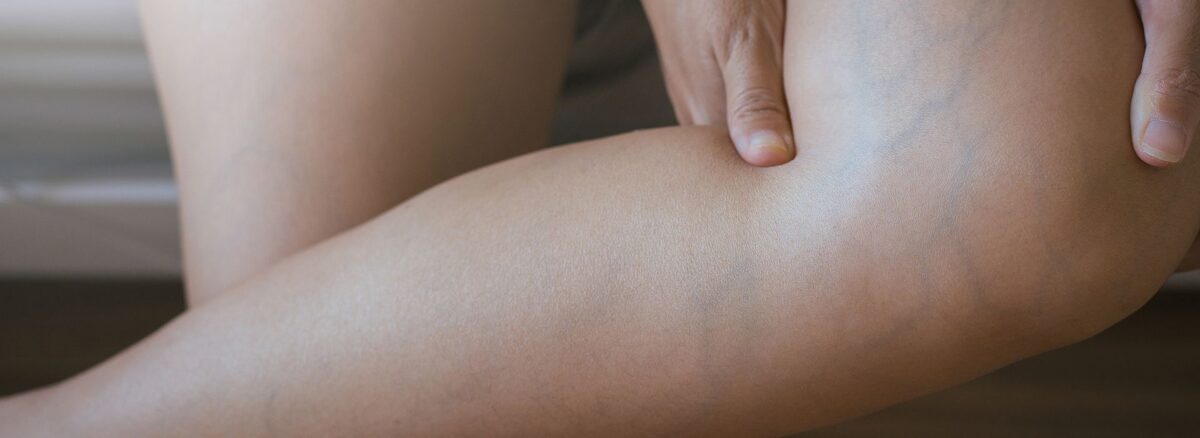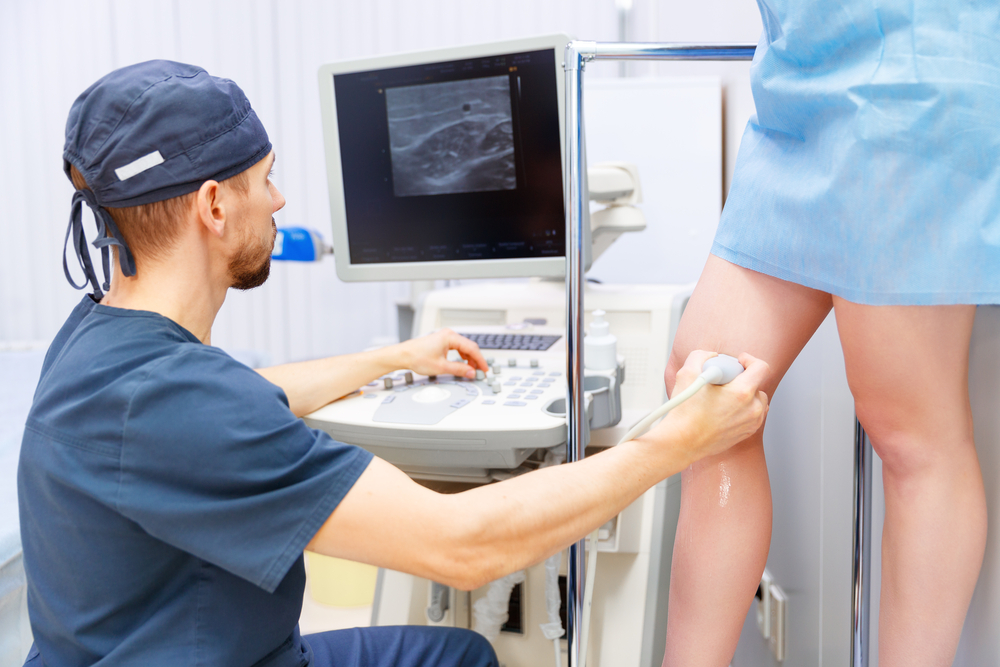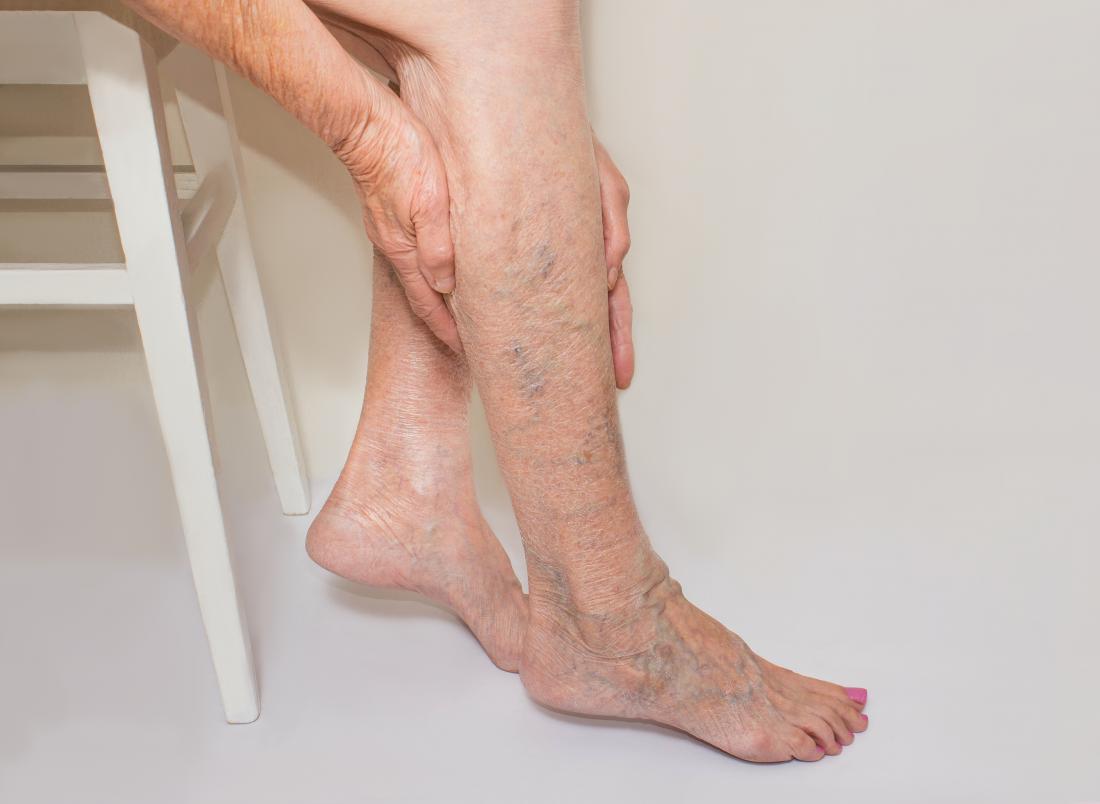Are you grappling with the discomfort and unsightly appearance of varicose veins? What Kind of Specialist Treats Varicose Veins If so, you’re likely exploring treatment options and wondering about the associated costs. In this comprehensive guide, we’ll delve into the question that’s on many minds: “How much does varicose vein treatment cost?” Additionally, we’ll shed light on the specialists who can provide effective care for varicose veins.
Understanding Varicose Veins:
Varicose veins are enlarged, twisted veins that often appear blue or dark purple. They commonly occur in the legs and can cause pain, swelling, and aching. While some individuals may experience mild symptoms, others may face more severe complications, prompting them to seek medical intervention.
The Cost Of Varicose Vein Treatment:
The cost of varicose vein treatment can vary significantly depending on several factors. These factors include the severity of the condition, the type of treatment chosen, geographic location, and the healthcare provider’s fees. Let’s explore the various treatment options and their associated costs:
Sclerotherapy:
Sclerotherapy is a common minimally invasive treatment for varicose veins. It involves injecting a solution directly into the affected vein, causing it to collapse and eventually fade away. The cost of sclerotherapy can range from $200 to $1,000 per session, with the number of sessions required varying based on the extent of the condition.
Endovenous Laser Ablation (Evla):
Endovenous laser ablation, or EVLA, is a procedure that uses laser energy to seal off the affected vein. This method is effective in treating larger varicose veins. The cost of EVLA typically ranges from $600 to $3,000 per session, and like sclerotherapy, multiple sessions may be necessary.
Radiofrequency Ablation (Rfa):
Radiofrequency ablation is another minimally invasive technique that uses heat to close off varicose veins. The cost of RFA is comparable to that of EVLA, with prices ranging from $600 to $3,000 per session.
Surgical Ligation And Stripping:
In more severe cases, surgical procedures like ligation and stripping may be recommended. These traditional methods involve tying off and removing the affected vein. Surgical interventions tend to be more expensive, with costs ranging from $1,500 to $7,000 or more, depending on the complexity of the procedure.
Insurance Coverage:
It’s important to note that insurance coverage may play a role in offsetting varicose vein treatment costs. Some procedures may be deemed medically necessary, especially if the condition is causing significant discomfort or leading to complications. Check with your insurance provider to determine the extent of coverage for different treatment options.
Specialists Who Treat Varicose Veins:
Now that we’ve explored the costs associated with varicose vein treatment, let’s shift our focus to the specialists who are well-equipped to provide effective care:
Vascular Surgeons:
Vascular surgeons are medical professionals specialized in treating diseases and conditions affecting the blood vessels, including varicose veins. They can perform both minimally invasive procedures and traditional surgical interventions.
Interventional Radiologists:
Interventional radiologists are experts in using imaging techniques, such as ultrasound, to guide minimally invasive procedures. They play a crucial role in treatments like sclerotherapy, EVLA, and RFA for varicose veins.
Phlebologists:
Phlebologists are physicians specifically trained in the diagnosis and treatment of vein-related conditions. They may come from various medical backgrounds, including dermatology, vascular medicine, or general surgery.
Vascular Medicine Specialists:
Vascular medicine specialists focus on the non-surgical management of vascular conditions. They may prescribe medications, recommend lifestyle changes, and oversee conservative treatments for varicose veins.
Choosing The Right Specialist:
When seeking treatment for varicose veins, it’s essential to consult with the right specialist based on the severity of your condition and your preferences for treatment. Schedule consultations with vascular surgeons, interventional radiologists, phlebologists, or vascular medicine specialists to discuss your symptoms, receive a proper diagnosis, and explore suitable treatment options.
Conclusion:
In conclusion, the cost of varicose vein treatment varies depending on the chosen method, the severity of the condition, and other factors. The key is to consult with a qualified specialist who can assess your situation and recommend an appropriate treatment plan. Whether you opt for minimally invasive procedures like sclerotherapy or advanced techniques like EVLA and RFA, addressing varicose veins promptly can not only alleviate discomfort but also prevent potential complications. So, if you’re wondering about the cost of varicose vein treatment and the specialists who can help, don’t hesitate to take the first step toward healthier, more comfortable legs.



